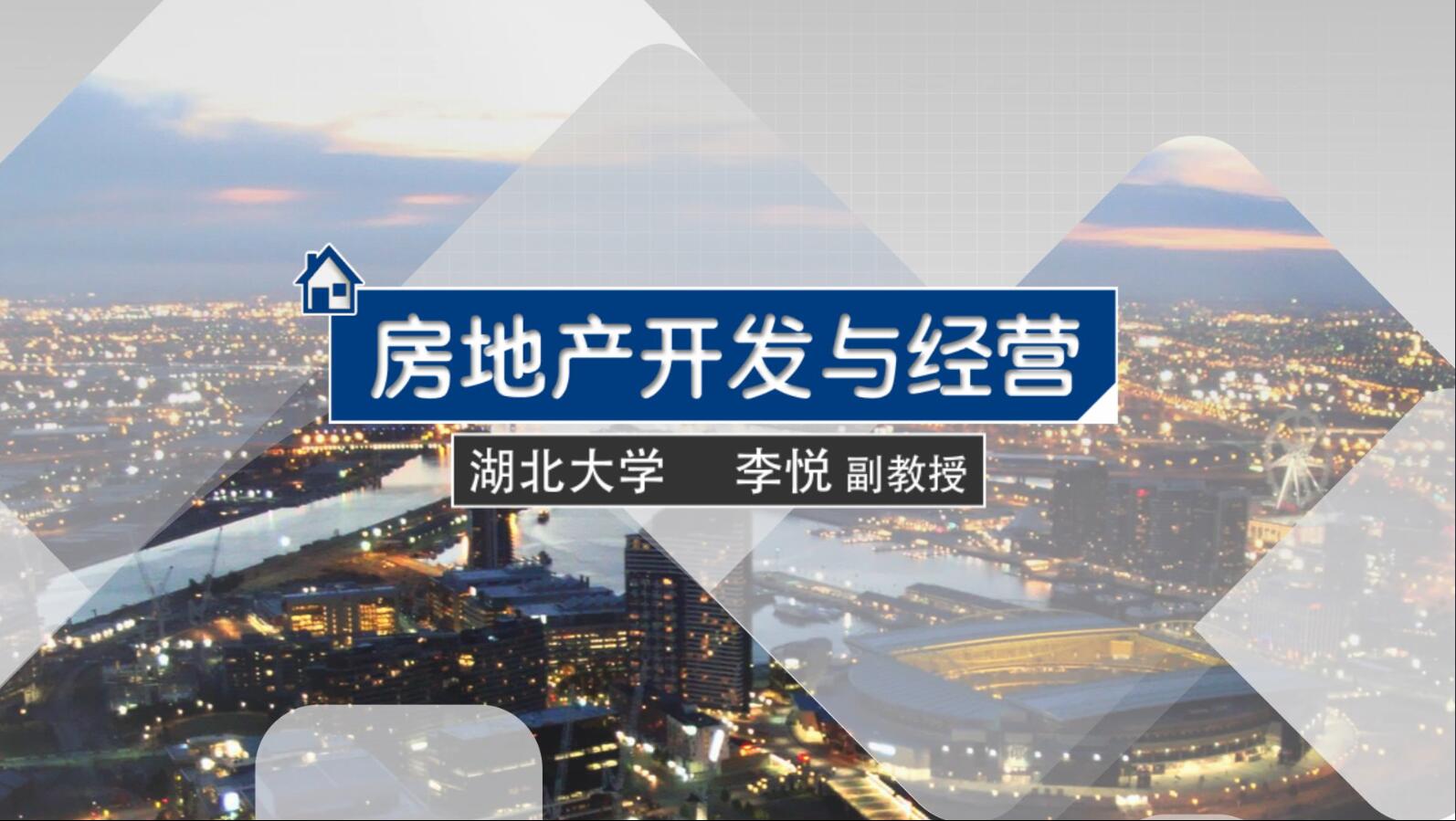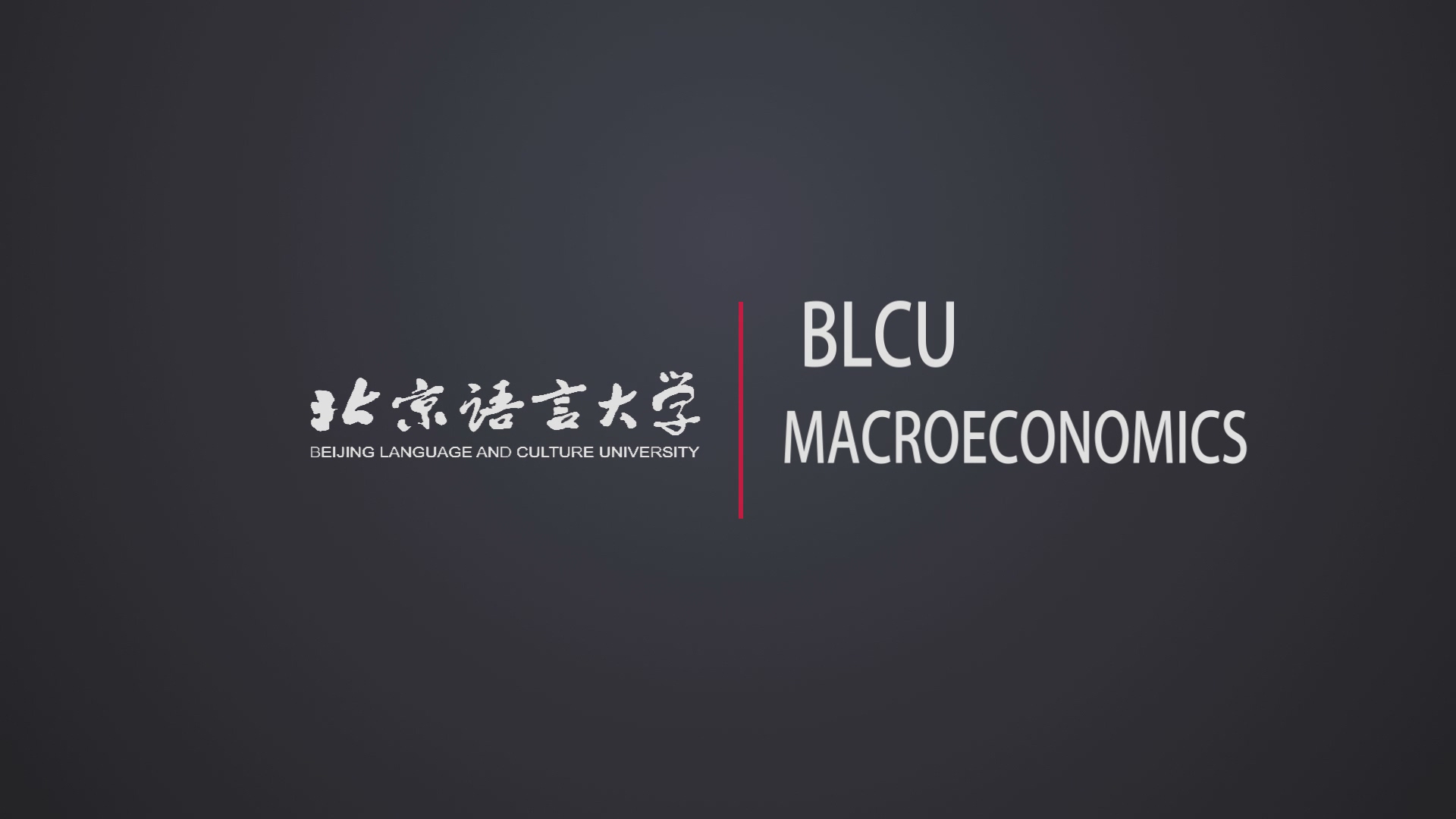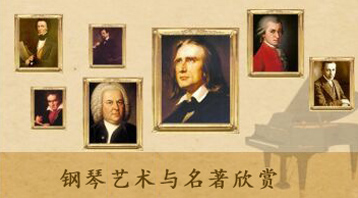
当前课程知识点:Diagnostics in Chinese Medicine > Week 8 Diagnosis methods: Observation (2) > 6.2.6 Observation of skin > 6.2.6 Observation of skin
返回《Diagnostics in Chinese Medicine》慕课在线视频课程列表
返回《Diagnostics in Chinese Medicine》慕课在线视频列表
同学们好
下面我们学习中医局部望诊之望皮肤
皮肤为一身之表内合于肺
卫气循行其间 有保护机体的作用
脏腑气血亦通过经脉而外荣于皮肤
凡感受外邪或内脏有病
皆可引起皮肤发生异常的改变
故望皮肤可诊察脏腑的虚实
气血的盛衰
体内的病变
以及判断病邪的性质
病情的轻重和预后
望皮肤主要望皮肤的色泽 形态
皮肤的病证
比如痘 疹 斑 ○ 痈 疽 疔 疖 等等
首先我们来看看
皮肤色泽的异常
皮肤发赤 是指皮肤突然鲜红成片
色如涂丹 边缘清楚
灼热肿胀为丹毒
发在头面 称为抱头火丹
发于小腿 称为流火
发于全身 称为赤游丹
一般来讲
发于上部 多由风热化火所致
发于下部 多由湿热化火所致
皮肤发黄 又称为黄疸
是指面目 皮肤 爪甲一身俱黄
通常因为外感湿热疫毒 内伤酒食
或者脾虚湿困 血瘀气滞所导致的病证
一般来讲
黄色鲜明如橘子色 属阳黄
是因为湿热蕴蒸 胆汁外溢肌肤所致
黄色晦暗如烟熏者 属阴黄
因寒湿阻遏 胆汁外溢肌肤所致
皮肤发黑 是指面 手
乳晕 腋窝 外生殖器以及口腔黏膜等处
呈现弥漫性棕黑色改变
常由劳损伤肾所致
周身皮肤发黑者
也可见于肾阳虚衰的病人
皮肤白斑 又称为白癜风 白驳风
是指四肢 面部等处出现白斑
大小不等 界限清楚 病程缓慢
多因风湿侵袭 气血失和 血不荣肤所致
下面我们来看看皮肤的形态
正常的皮肤形态是皮肤润泽
柔韧而光滑 无肿胀
如果皮肤干枯无华
是津液已伤 营血亏虚 肌肤失养的表现
如果肌肤甲错 就是血瘀日久
肌肤失养的一种病证
皮肤的病证中 主要学习三种
分别是斑疹 水疱和疮疡
首先我们来学习斑疹
斑和疹 均为全身性疾病表现于皮肤的症状
斑和疹是有区别的
斑 通常颜色深红 或青紫
斑通常比较大 如片状
并且平铺于皮肤
抚之不碍手 压之不褪色
疹 通常颜色是红色或紫红色
疹通常比较小
如粟粒状 高出于皮肤
抚之碍手 压之褪色
斑 可分为阳斑 和 阴斑
阳斑 通常颜色多红紫
形似锦纹 云片
兼有身热 烦躁 脉数等特点
通常属于实热证
与外感温热邪毒有关
阴斑 颜色多青紫
隐隐稀少
兼有面白肢凉 脉虚等特点
通常见于虚证
与脾虚 血失统摄或阳虚 寒凝气血有关
斑是皮肤色泽的改变 它不突出于皮肤表面
我们来看第一张图中的斑
颜色浅淡
它见于再生障性贫血
中医属于气血两虚的病人
第二图中的斑
颜色紫红
见于流行性脑脊髓膜炎的病人
通常是由邪热亢盛 迫血妄行
瘀热互结所致
第三张图
青紫斑块 常见于外伤引起的瘀斑
疹 常见有麻疹 风疹和瘾疹
麻疹的疹色桃红 形似麻粒
先见于发际颜面
渐渐延及躯干四肢
后按发出顺序逐渐消退
多见于外感风热时邪
风疹的疹色鲜红 细小稀疏
皮肤瘙痒 症状轻微
多见于外感风邪的病证
瘾疹 是皮肤上突然出现淡红或淡白色丘疹
形状不一 小似麻粒 大如花瓣
皮肤瘙痒 瘙之融合成片
出没迅速
通常为外感风邪 或过敏的病人
下面这三张图
第一张是麻疹
与外感风热时邪有关
是外感风热时邪导致的病变
第二张是风疹
是外感风邪所引起的病证
第三张是瘾疹
是外感风邪 或皮肤过敏所引起的病证
第二种皮肤的病证是水疱
指皮肤上出现成簇或散在的小水疱的症状
可有白○ 水痘 湿疹等表现
白○ 又称为白疹
是指皮肤出现一种白色的小疱疹
多由外感湿热之邪
郁于肌表 汗出不彻而发引起的一种病证
水痘 是指小儿皮肤出现
粉红色的斑丘疹
很快变成椭圆形的小水疱
多因外感时邪 内蕴湿热所致
是儿科常见的传染病
湿疹 是指周身皮肤出现红斑
迅速的形成丘疹 水疱
溃后渗液 出现了红色湿润的糜烂面
多因为湿热蕴结 复感风邪
郁于皮肤而发的一种病证
第三种皮肤的病证 就是疮疡
疮疡是指发于皮肉筋骨之间的疮疡类的疾患
主要有痈 疽 疔 疖四种类型
痈 是指患部红肿高大
根盘紧束 焮热疼痛
并能形成脓疡的疾病
痈通常见于阳证
与湿热火毒蕴结 气血凝滞有关
疽 是指患部漫肿无头
皮色不变或晦暗
局部麻木 不热少痛的疾病
疽通常属于阴证
多因为 气血亏虚 阴寒凝滞而发
疔 是指患部形小如粟
顶白根硬而深
麻木痒痛的疾病
多发颜面 手足
疔多见于外感风邪火毒
毒邪蕴结所导致的病证
疖 是指患部形小而圆
红肿热痛不甚
出脓即愈的疾病
多因为外感火热(毒) 或湿热蕴结所导致的一种病证
以上是望皮肤诊病的全部内容
本节课就上到这里
-Introductory remark
--QQ groups、WeChat public account
-Introduction
--【Discussion 1】Why do you want to take this course?
-Unit test for Introduction
-1.1 Yin-yang theory
-1.2 The theory of five elements
--1.2.1 The theory of five elements
--1.2.2 Application of the theory of five elements
-Frequently Asked Questions
-Unit test for week 1
-2.0 Outline
--【Discussion 2】How to understand the holistic view centered on the Zang Fu theory?
-2.1 Liver
--【Discussion 3】Why is repose more important than vigorous exercise in recuperation for patients with
-2.2 Heart
-2.3 Spleen
-2.4 Lung
--2.4 Lung
-2.5 Kidney
-2.6 Six fu organs
-Frequently Asked Questions
-Unit test for week 2
-3.1 Qi
--3.1 Qi
-3.2 Blood
-3.3 Body fluid
-3.4 The relationship of qi, blood and body fluid
--3.4 The relationship of qi, blood and body fluid
--【Discussion 4】A discussion about the theory of qi, blood and body fluid
-Frequently Asked Questions
-Unit test for week 3
-4.0 Outline
-4.1 Six exogenous factors
--4.1.2 Nature and pathogenicity of wind and cold
--4.1.3 Nature and pathogenicity of summer heat and damp
--4.1.4 Nature and pathogenicity of dryness and fire
-4.2 Etiology of visceral impairment
--4.2 Etiology of visceral impairment
-Frequently Asked Questions
-Unit test for week 4
-5.0 Outline of inquiry
--【Discussion 5】If you were a patient, how would you describe your condition to your doctor first?
-5.1 Inquiry of Chills and fever
--5.1.1 Chills and fever(Aversion to cold with fever)
--5.1.2 Chills and fever(Chills without fever)
--5.1.3 Chills and fever(Fever without chills)
--5.1.4 Chills and fever(Alternative chills and fever)
--【Discussion 6】How to understand "if you have clinical manifestations of cold, that is exterior syndr
-5.2 Inquiry of perspiration
-Frequently Asked Questions
-Unit test for week 5
-5.3 Inquiring of pain
--【Discussion 7】How to understand "stagnation leading to pain and innourish leading to pain"?
-5.4 Inquiring of head, body, thorax and abdomen
--5.4 Inquiring of head, body, thorax and abdomen
-5.5 Inquiring of ears and eyes
--5.5 Inquiring of ears and eyes
-5.6 Inquiring of sleep
-5.7 Inquiring of food and drink, appetite and taste
--5.7 Inquiring of food and drink, appetite and taste
-5.8 Inquiring of defecation and urination
--5.8.1 Inquiring of defecation
--5.8.2 Inquiring of urination
-5.9 Inquiring of infantile and women's disease
--5.9 Inquiring of infantile and women's disease
-Unit test for week 6
-6.0 Outline of Observation
--【Discussion 8】Please use the whole body inspection (including the expression, complexion and figure)
-6.1.1 Observation of vitality
--6.1.1 Observation of vitality
-6.1.2 Observation of the color
--6.1.2.1 The content, principles of inspection of the color
--6.1.2.2 Indication of diseases by five colors
--【Discussion 9】How do you understand the normal complexion of a normal people?
-6.1.3 Observation of the appearance
--6.1.3 Observation of the appearance
-6.1.4 Observation of figure and posture
--6.1.4 Observation of figure and posture
-Unit test for week 7
-6.2.1 Observation of head and face
--6.2.1 Observation of head and face
-6.2.2 Observation of five sensory organs
--6.2.2.1Observation of five sensory organs(observation of eyes,ears,nose)
--6.2.2.2Observation of five sensory organs(observation of lips,teeth and gums,throat)
-6.2.3 Observation of body
-6.2.4 Observation of limbs
-6.2.5 Observation of two lower orifices
--6.2.5 Observation of two lower orifices
-6.2.6 Observation of skin
-6.3 Observation of excreta
-6.4 Observation of infantile fingerprints
--6.4 Observation of infantile fingerprints
-Frequently Asked Questions
-Unit test for week 8
-7.1 Outline of tongue inspection
--7.1.1 The morphology and structure of the tongue
--7.1.2 The principle of tongue examination
--7.1.3 The method and precaution of tongue examination
--7.1.4 The content of tongue examination, normal tongue
-7.2 Inspection of tongue structure
--7.2.1 Observe the color of tongue
--7.2.2 Observe the shape of tongue
--7.2.3 Observe the states of tongue
--7.2.4 Observation of sublingual vein
-7.3 Observation of tongue coating
--7.3.1 Observation of coating texture
--7.3.2 Observe the color of coating
-7.4 Clinical significance of tongue diagnosis
--7.4 Clinical significance of tongue diagnosis
--【Discussion 10】Why to observe the tongue can be used to diagnose disease?
-Unit test for week 9
-8.1 The principle of pulse examination
--8.1 The principle of pulse examination
-8.2 The regions and methods of pulse examination
--8.2 The regions and methods of pulse examination
-8.3 The elements of pulse examination and the normal pulse
--8.3 The elements of pulse examination and the normal pulse
-8.4 Characteristics and significance of pulse
--8.4.1 Superficial pulse, deep pulse, slow pulse, rapid pulse
--8.4.2 Surging pulse, thin pulse, long pulse, short pulse
--8.4.3 Feeble pulse, forceful pulse, slippery pulse, uneven
--8.4.4 Taut pulse, tense pulse,soggy pulse, moderate pulse
--8.4.5 Knotted, slow-regular-intermittent, irregularly abrupt
-8.5 Similar pulse, concurrent pulse, pulse indicating deterioration of visceral qi۞
--8.5 Similar pulse, concurrent pulse, pulse indicating deterioration of visceral qi۞
--【Discussion 11】Why is complex pulse more common than single-factor pulse?
-8.6 Women’s pulse, children’s pulse
--8.6 Women’s pulse, children’s pulse
-8.7 The clinical significance of pulse diagnosis
--8.7 The clinical significance of pulse diagnosis
-Unit test for week 10
-9.1 Listening
-9.2.1 Abnormal sound
-9.2.2 Abnormal language
-9.2.3 Respiratory abnormality
--9.2.3 Respiratory abnormality
-9.2.4 Cough
--【Discussion 12】How to observe the patient's cough sound and sputum changes to determine whether the
-9.2.5 Abnormal sounds of the stomach and intestines
--9.2.5 Abnormal sounds of the stomach and intestines
-9.3 Smelling
--【Discussion 13】How to diagnose by smelling?
-Unit test for week 11
-10.1 The method, meaning and precautions of palpation
--10.1 The method, meaning and precautions of palpation
-10.2 Contents of palpation
--10.2.1 Palpating chest and hypochondrium
--10.2.2 Palpating stomach and abdomen
--10.2.4 Palpating hands and feet, palpating acupoints
--【Discussion 14】How to determine whether external or internal injuries?
-Unit test for week 12
-Conclusion
-Final Exam
--Final Exam





